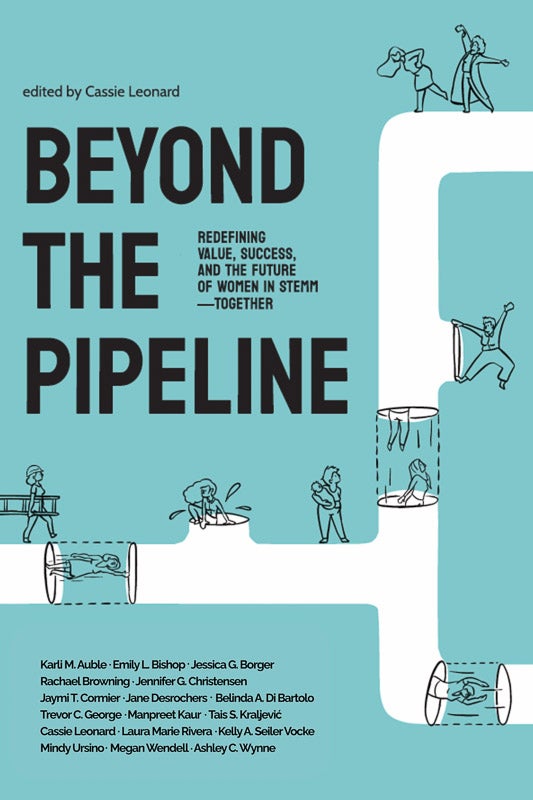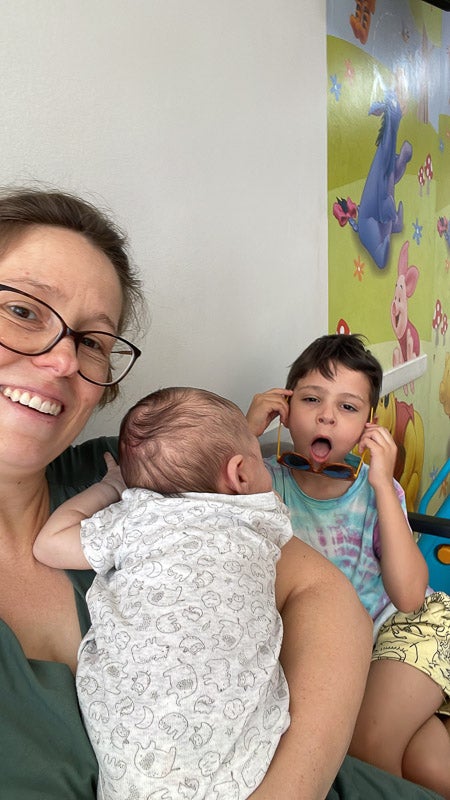IEP alumni share some of their recent highlights and accomplishments.
Alex Pytka ’10
German IEP & Chemical Engineering
Douglas, MA – I am starting my 6th year at RIKUTEC America (Anderson, SC) and I am glad that I have this opportunity not only to work with a great Germany-based company, but also use the skills that I learned with the German IEP in my career.
Rachael Browning ’11
Chinese & Chemical Engineering
Morocco – I am happy to announce a few exciting things! After 9 months in the making, we welcomed the birth of our second son in June. My other labor of love has been writing the International Experiences chapter in a new book Beyond the Pipeline: Redefining Value, Success, and the Future of Women in STEMM—Together. The book launched August 12th and is a collection of stories offering real-world insights and actionable strategies to create more inclusive, sustainable STEMM workplaces. In it I share insights from my international experiences and hope to encourage others to explore international opportunities as well. The University of Rhode Island’s International Engineering Program even gets a call out!


Christopher Andraka ’13
Chinese IEP & Chemical Engineering
Statesville, NC – Opal and I recently relocated to North Carolina and had our first child, Violet Caroline.

